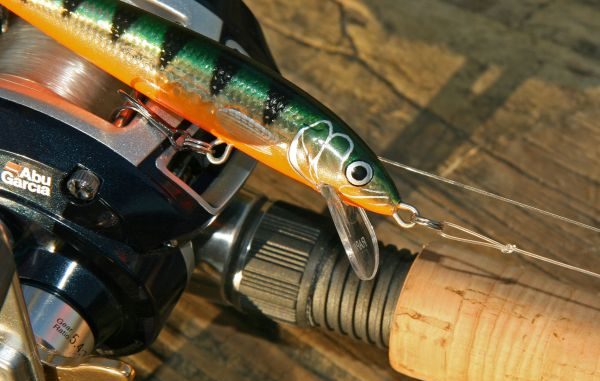
West Monroe’s Jim Dillard throws his jerkbaits on a long rod of 6-foot-10 to 7-2, but nothing too heavy.
“You’re hooking a fish on treble hooks, so you want a rod that has some backbone, but has a good, limber tip,” Dillard said. “That way, when you’re fighting the fish around the boat, they don’t pull off.
“You have enough tip in your rod to give them a little bit of play if they decide to run.”
Some anglers might prefer a slower reel of 5.4:1 gear ratio to match the leisurely pace of jerkbaiting. However, a quicker 6.3:1 reel enables you to quickly reel up and fire off another cast after each presentation.
This one’s a personal preference thing, but most agree that the stealth factor of fluorocarbon proves advantageous when fish have plenty of time to inspect the bait.
Whatever model lure you choose, and wherever you choose to work it, remember that the jerkbait category excels for two main reasons — access and vulnerability. With proper downward rod work, you can leverage the bait’s design to dig into preset depths, great or meager, and then hang there to tease and tempt the bass with an easy target that looks and acts like a cold-stunned shad darting and twitching in the chilly water.
When dead and dying baitfish offer easy pickings, bass become conditioned to the images of suspending, fluttering forage. Mimic this look and you’re very likely to find something willing to stretch your string.


